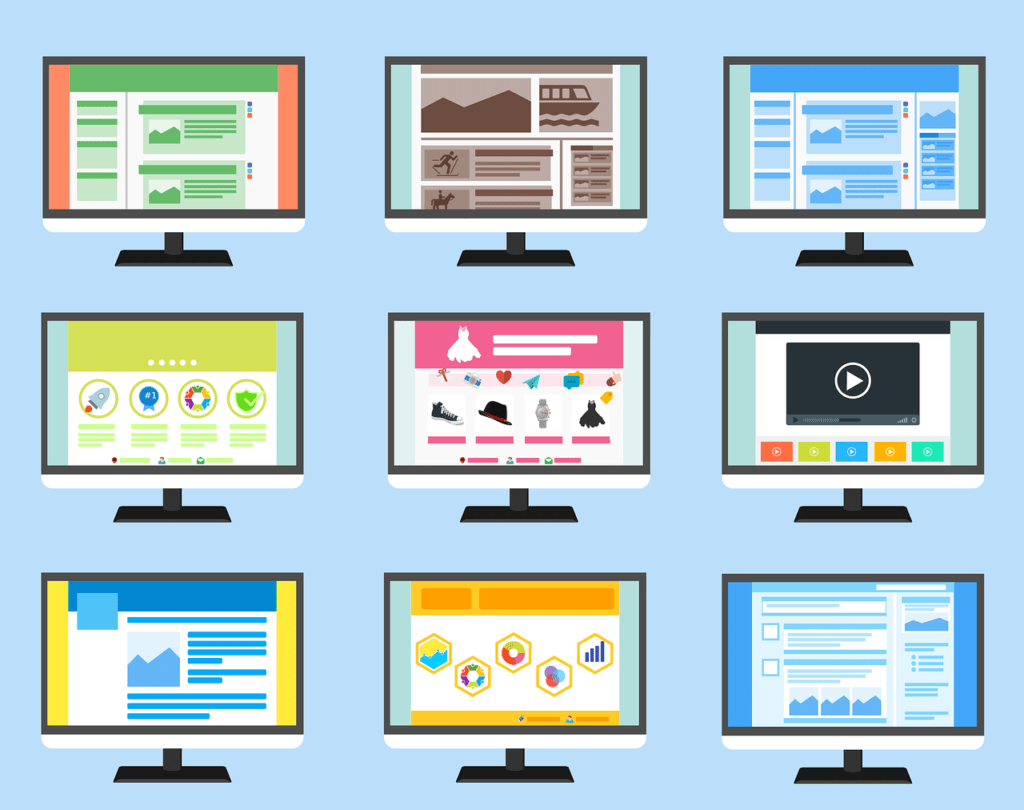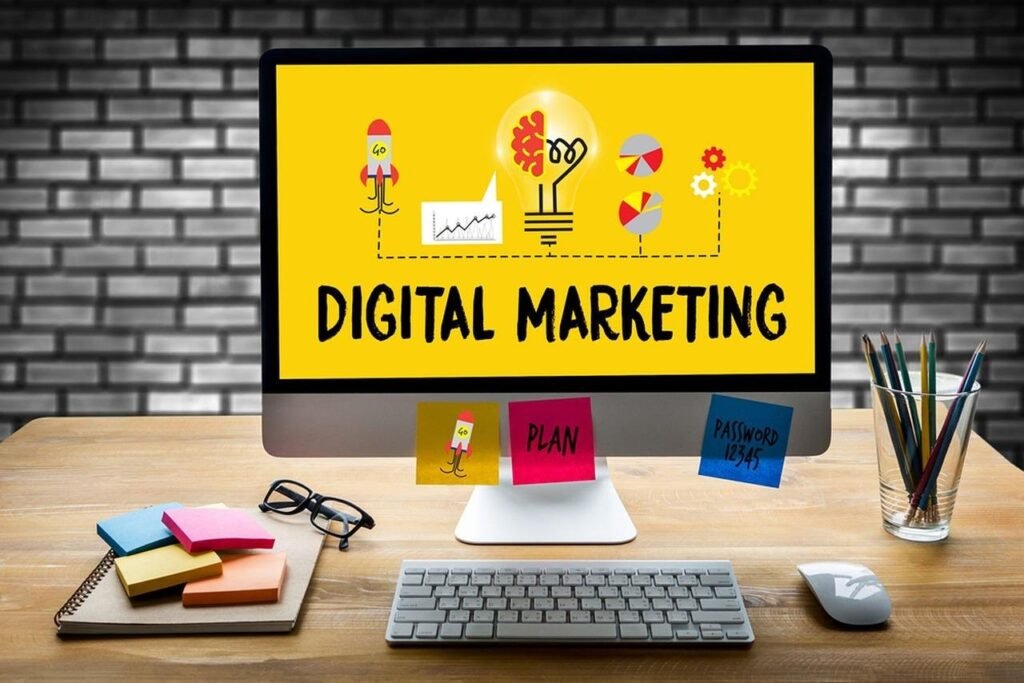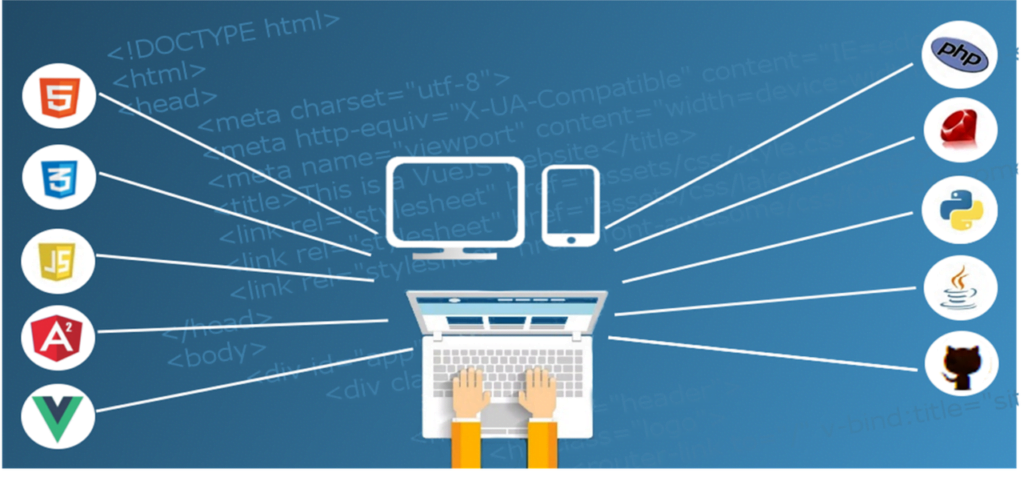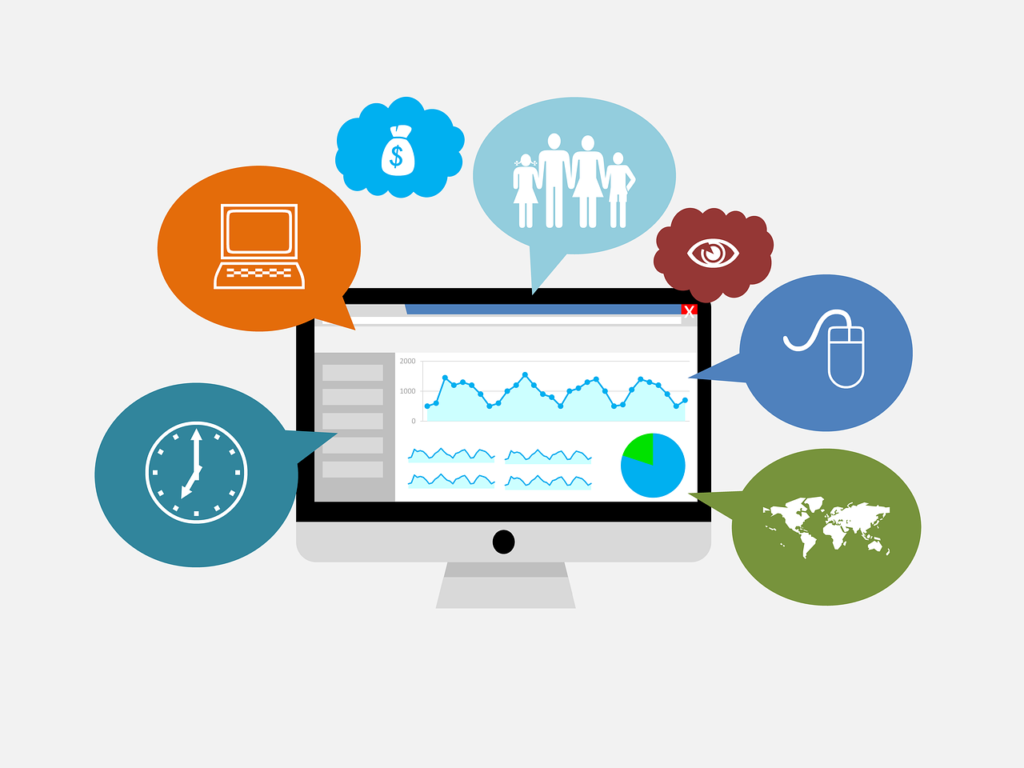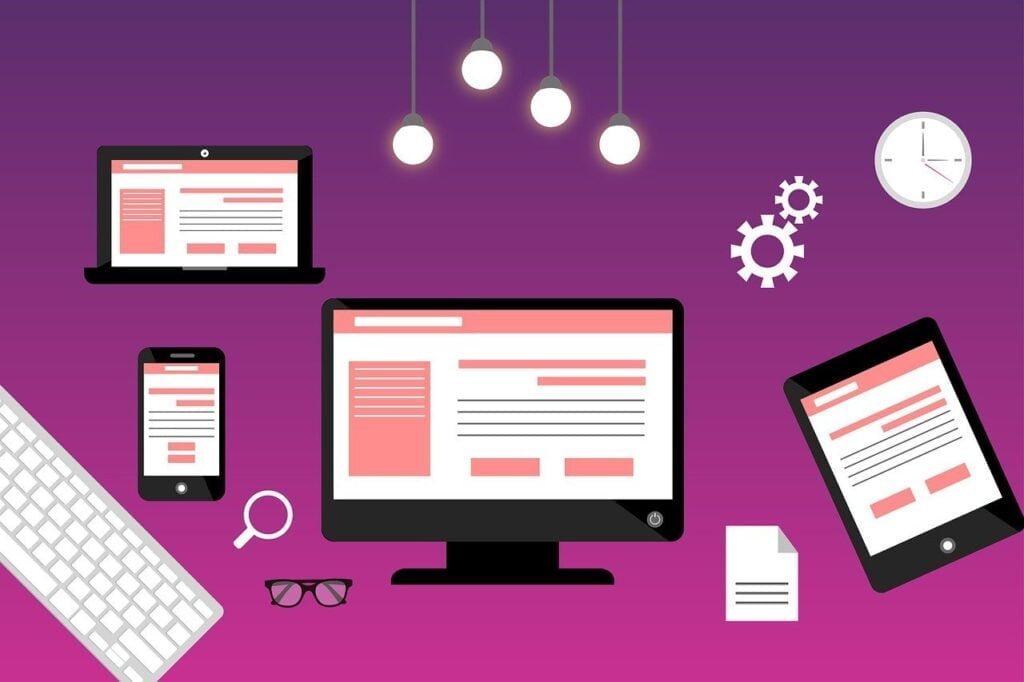Web design is a crucial component for any business looking to establish a strong online presence. However, the cost of professional web design can often deter small businesses, especially those operating in a competitive market like New York City. The good news is that creating a high-quality website doesn’t have to break the bank. In this guide, we’ll explore practical and cost-effective strategies for achieving budget-friendly web design in NYC, ensuring you get the most out of your investment.
Defining Your Budget and Goals
Before diving into the world of web design, it’s essential to set a realistic budget and clearly define your business goals. Establishing a budget helps you manage expenses and avoid overspending, while setting goals ensures your website aligns with your business objectives.
Get rock-solid web hosting with Hostinger! Enjoy 70% off, blazing speeds, and the reliability you need. Use our referral link to get your deal!
Importance of Setting a Realistic Budget
A well-planned budget allows you to allocate resources effectively, prioritize essential features, and avoid unnecessary costs. Consider your financial constraints and explore different pricing options to find the best fit for your needs.
Aligning Your Website with Business Goals
Your website should reflect your business’s mission and objectives. Whether you aim to increase online sales, generate leads, or provide information, your website’s design should support these goals. Clearly defined goals will guide your design choices and help measure your website’s success.
DIY vs. Professional Web Design
When it comes to web design, you have two main options: do-it-yourself (DIY) or hiring a professional. Each approach has its pros and cons, and the best choice depends on your budget, skills, and project complexity.
Pros and Cons of DIY Web Design
Pros:
- Cost-effective: DIY web design is generally cheaper since you won’t be paying for professional services.
- Creative control: You have complete control over the design and functionality.
- Learning opportunity: Building your own website can enhance your technical skills.
Cons:
- Time-consuming: DIY web design requires significant time and effort.
- Limited expertise: Without professional experience, the final product may lack polish and functionality.
- Potential for errors: Mistakes in design or development can lead to costly fixes.
When to Choose Professional Web Design
Pros:
- Professional quality: Experts deliver polished and functional websites.
- Time-saving: Professionals can complete the project faster.
- Ongoing support: Many designers offer maintenance and support services.
Cons:
- Higher cost: Professional services are more expensive.
- Less control: You might have less input on certain design aspects.
Consider DIY if you have a tight budget and some technical know-how. Opt for professional design if you need a sophisticated website or lack the time and skills for DIY.
Tips for Affordable Web Design
Creating an affordable yet effective website involves strategic planning and leveraging available resources. Here are some tips to help you achieve budget-friendly web design in NYC:
Utilizing Templates and Website Builders
Templates and website builders are cost-effective solutions for designing websites without needing extensive coding knowledge.
Website Builders:
- Wix and Squarespace: User-friendly platforms with drag-and-drop interfaces.
- WordPress: Offers both free and premium themes; highly customizable with plugins.
Templates:
- Use pre-designed templates as a starting point.
- Customize colors, fonts, and images to match your brand.
Working with Freelance Designers
Freelance designers can offer professional services at a lower cost compared to agencies. Platforms like Upwork and Freelancer connect you with talented designers in NYC.
Benefits of Freelancers:
- Flexibility in pricing and project scope.
- Direct communication with the designer.
- Access to a wide range of skills and specialties.
Exploring Open-Source CMS Platforms
Open-source Content Management Systems (CMS) like WordPress, Joomla, and Drupal offer free software for building and managing websites. These platforms provide flexibility and scalability without the hefty price tag.
Advantages of Open-Source CMS:
- No licensing fees.
- Large community support.
- Extensive plugin and theme libraries.
Prioritizing Essential Features and Functionality
Focus on the core features your website needs to function effectively. Avoid adding unnecessary elements that can increase costs and complicate maintenance.
Essential Features:
- Responsive design for mobile compatibility.
- Clear navigation and user-friendly interface.
- Contact forms and call-to-action buttons.
- Basic SEO setup.
Leveraging Free or Low-Cost Resources
Utilize free or low-cost resources to enhance your website without overspending.
Stock Photos and Icons:
- Websites like Unsplash and Pexels offer high-quality free images.
- Font Awesome provides free icons for web design.
Online Tools:
- Canva for designing graphics.
- Google Analytics for tracking website performance.
Focusing on User Experience (UX) and Conversion Optimization
A well-designed website should prioritize user experience (UX) and conversion optimization. A seamless, user-friendly interface encourages visitors to stay longer and engage with your content.
Tips for Improving UX:
- Ensure fast loading times.
- Use clear and concise language.
- Make navigation intuitive and straightforward.
Conversion Optimization Strategies:
- Use strong calls to action (CTAs).
- Implement A/B testing to find the best-performing elements.
- Simplify the checkout process for e-commerce sites.
How to Measure the ROI of Your Website
Measuring the return on investment (ROI) of your website is crucial to understand its effectiveness and identify areas for improvement.
Tracking Key Metrics
Monitor key performance indicators (KPIs) to assess your website’s success:
- Traffic: Track the number of visitors and their sources.
- Bounce Rate: Measure the percentage of visitors who leave after viewing only one page.
- Conversion Rate: Calculate the percentage of visitors who complete a desired action, such as making a purchase or filling out a form.
- User Engagement: Analyze metrics like time on site, pages per session, and social shares.
Analyzing User Behavior
Use tools like Google Analytics and Hotjar to gain insights into user behavior. Identify patterns and areas where users encounter issues, then make data-driven adjustments to enhance their experience.
How Affordable Web Design Experts Can Help
At [Your Agency Name], we specialize in helping small businesses in NYC achieve high-quality web design on a budget. Our team of experienced designers and developers works closely with you to create a website that meets your needs and maximizes your ROI.
Our Services Include:
- Custom web design tailored to your brand.
- Integration of essential features and functionalities.
- Ongoing support and maintenance.
- SEO optimization to improve your online visibility.
Contact us today for a free consultation and learn more about our affordable web design packages. Let us help you build a website that drives success for your business.
Conclusion
Investing in web design is crucial for any business looking to succeed in today’s digital world. By setting a realistic budget, exploring cost-effective options, and prioritizing user experience, you can create a budget-friendly website that delivers significant returns. Remember, quality web design is achievable for businesses of all sizes and budgets. Reach out to [Your Agency Name] to discover how we can help you achieve your web design goals without breaking the bank.


